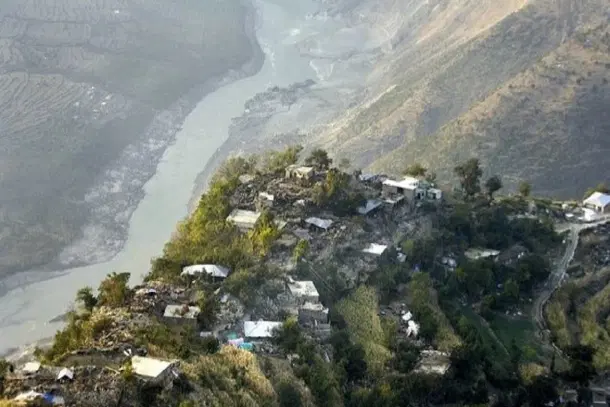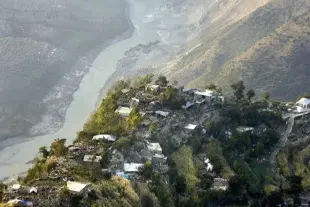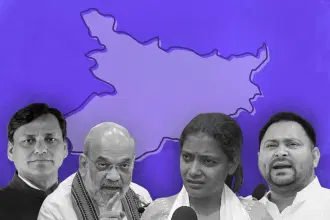News Brief
Centre Fast-Tracks Indus Water Project, Targets Completion Before 2029 Polls: Report
Arzoo Yadav
Sep 25, 2025, 04:20 PM | Updated 04:20 PM IST
Save & read from anywhere!
Bookmark stories for easy access on any device or the Swarajya app.


The Centre is fast-tracking a major Indus water project to meet northern states’ demands and aims to complete it before the 2029 Lok Sabha elections, reported NDTV.
This follows India’s suspension of the Indus Water Treaty with Pakistan after the 22 April Pahalgam terror attack.
At a review meeting held last Friday, senior ministers were informed that work is already underway on a detailed project report for a 14-km tunnel designed to link the Indus and Beas rivers, both of which fall under the Indus system, NDTV reported, citing people familiar with the developments.
Construction major L&T has been assigned to prepare the detailed project report, which is expected to be completed by next year.
The meeting reportedly also reviewed progress on the proposed 113-km canal intended to carry Indus waters to northern states.
The tunnel is the project’s most challenging part, requiring a detailed study of mountain rock conditions, and in areas with weaker formations, the tunnel will be lined with pipes.
Its construction will begin once the government receives the detailed project report (DPR).
To ensure both speed and safety, the use of tunnel boring machines and rock shield technology has been proposed.
The tunnel will also be integrated with the Ujh Multipurpose Project in Jammu and Kashmir’s Kathua district, allowing water from the Ujh River—a tributary of the Ravi—to be diverted into the Beas Basin.
The tunnel will connect to the Ujh Multipurpose Project in Jammu and Kashmir, enabling water transfer from the Ujh River to the Beas Basin.
Once completed, the tunnel will connect the Ravi-Beas-Sutlej system with the Indus Basin, enabling India to fully utilize its share of water.
The construction will take around three to four years, with completion targeted for 2028, at a cost of around Rs 4,000–5,000 crore.
The tunnel will be built in separate sections.
The project is designed to expand irrigation in Rajasthan’s arid regions by channeling water to the Indira Gandhi Canal.
It will also benefit Jammu and Kashmir, Haryana, Delhi, and Punjab through new canal links.
One of the proposed canals will connect the Chenab River to the Ravi-Beas-Sutlej system, integrating with existing networks so that water can flow directly into the Indira Gandhi Canal and reach areas like Sri Ganganagar in Rajasthan.
Beyond irrigation, the initiative aims to improve drinking water availability in Delhi, Punjab, Haryana, and Rajasthan.
It will also prevent surplus water from India’s share under the Indus Waters Treaty from flowing into Pakistan—bolstering water security and reinforcing the government’s stance that “water and blood can’t flow together.”
In addition, the project is expected to strengthen 13 existing canal systems and help mitigate the effects of climate change and shifting rainfall patterns.
Please click here to add Swarajya as your preferred and trusted news source on Google.
Also Read: Defence Ministry Inks Rs 62,370-Crore Deal With HAL For 97 LCA Tejas Mk1A Fighter Jets




